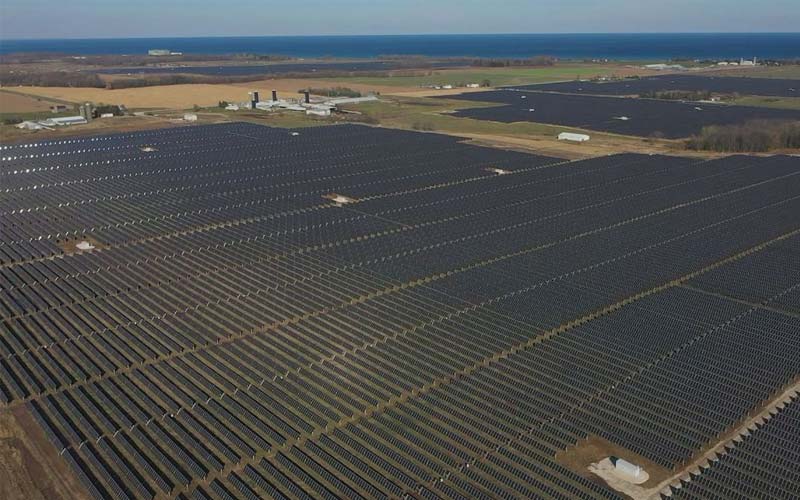Wisconsin installed 300 megawatts of solar energy in 2021, more than any other year, as utility-scale solar projects increase. The expectation is that projects will continue to thrive as part of the state’s efforts to reach climate goals.
Firstly, 150 of the 300 megawatts installed during 2021 in the state came from the first phase of the Badger Hollow Solar farm in Iowa. The Wisconsin Public Service and Madison Gas and Electric jointly own the project.
Moreover, another 100MW of installed capacity came from the Point Beach Solar project that began operating this fall, and 20MW more from Madison Gas and Electric’s solar farm in Fitchburg.
Furthermore, Michael Vickerman, policy director for RENEW Wisconsin, said the state is ready to see around 2,500 MW of solar in service by the end of 2023. “That’s an extraordinary amount of construction activity, workforce hours, and indirect spending in the communities where these projects are going in,” he said.
Notably, all this growth, although challenged by the Covid-19 pandemic, which led to rising costs for materials and delays in installation, won’t be stopped. In fact, since 2019, the Public Service Commission has approved the construction or acquisition of about 2,100 MW of large-scale solar projects; 632MW in 2021 alone.
Also recommended for you: Biden affirms a new interpretation of radioactive waste. Click here to read.
Wisconsin will continue to add solar installed capacity
Nevertheless, solar energy accounts for a small share of the power produced in the state. Vickerman noted projects now in service make up around 1% of the state’s electricity sales.
At the same time, a strategic assessment from the state’s Public Service Commission released last year anticipates the share of solar power would grow from less than 0.1 percent to 4.5 percent by 2026. The commission’s analysis noted that it might increase even more as utilities buy projects under development.
Bill Skewes, executive director of the Wisconsin Utilities Association, said the dramatic decline in solar installation costs is crucial in the growth of utility-scale solar developments. He noted. “The cost has come down close to 90 percent in the last decade-and-a-half. That and the fact that load-balancing and battery technology has improved to be able to address some of the intermittency issues with renewable energy.”
Finally, some of the state’s largest investors are planning to spend billions more in the years to come, according to local news media. Alliant Energy has proposed a more than $1 billion investment in 1,100 MW of solar. Also, WEC Energy Group announced this year that they’re partnering with Madison Gas and Electric to buy three solar projects that include 350 megawatts of battery storage for a combined $1.5 billion.


